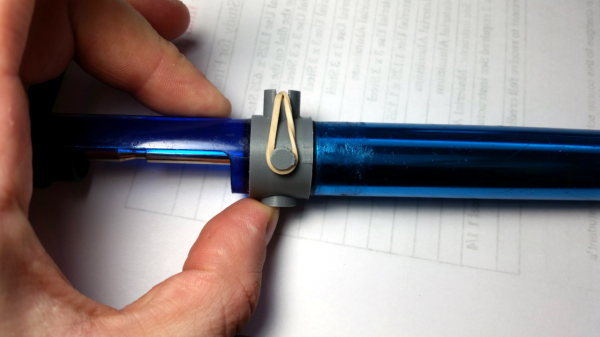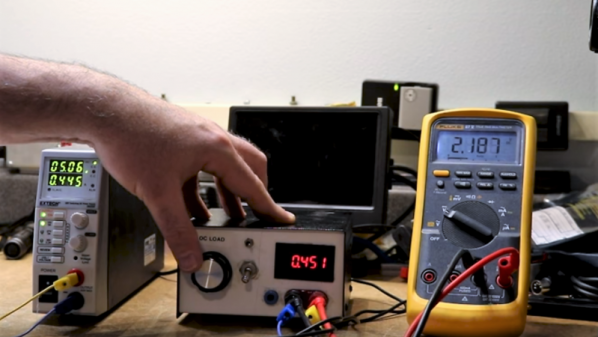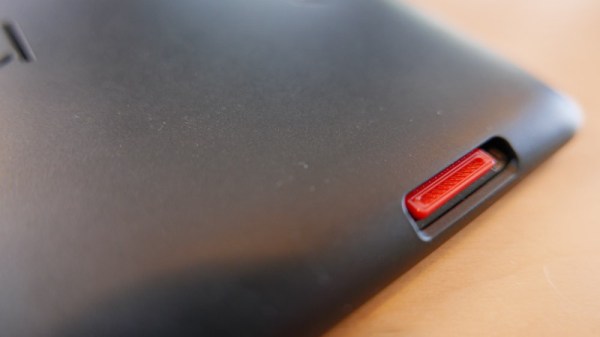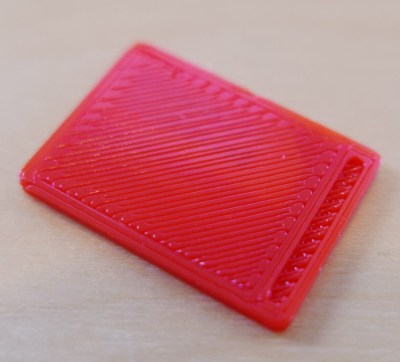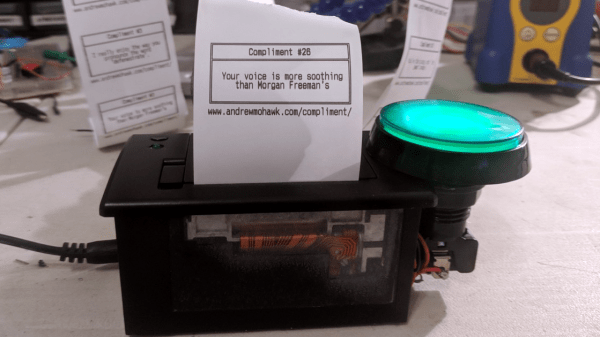We like oscilloscope art here at Hackaday, so it was natural to recently feature a Javascript based oscilloscope art generator on these pages, along with its companion clock. Open a web page, scribble on the screen, see it on the ‘scope.
As part of our coverage we laid down the challenge: “If any of you would like to take this further and make a Javascript oscilloscope Wrencher, we’d love to make it famous“. Which of course someone immediately did, and that someone was [Ted] with this JSFiddle. Hook up your soundcard’s left and right to X and Y respectively, press the “logo” button in the bottom right hand pane, fiddle with your voltages and trigger levels for a bit, and you should see a Wrencher on the screen. We’re as good as our word, so here we are making the code famous. Thanks, [Ted]!
It’s not an entirely perfect Wrencher generator, as it has a lot of points to draw in the time available, resulting in a flickery Wrencher. (Update: take a look at the comments below, where he has posted an improved JSFiddle and advice on getting a better screen grab.) Thus the screen shot is an imperfect photograph rather than the usual grab to disk, for some reason the Rigol 1054z doesn’t allow the persistence to be turned up in X-Y mode so each grab only had a small part of the whole. But it draws a Wrencher on the screen, so we’re pretty impressed.
The piece that inspired this Wrencher can be found here. If you think you can draw one with a faster refresh rate, get coding and put it in the comments. We can’t promise individual coverage for each effort though, we’re Hackaday rather than Yet-another-scope-Wrencher-aday.


